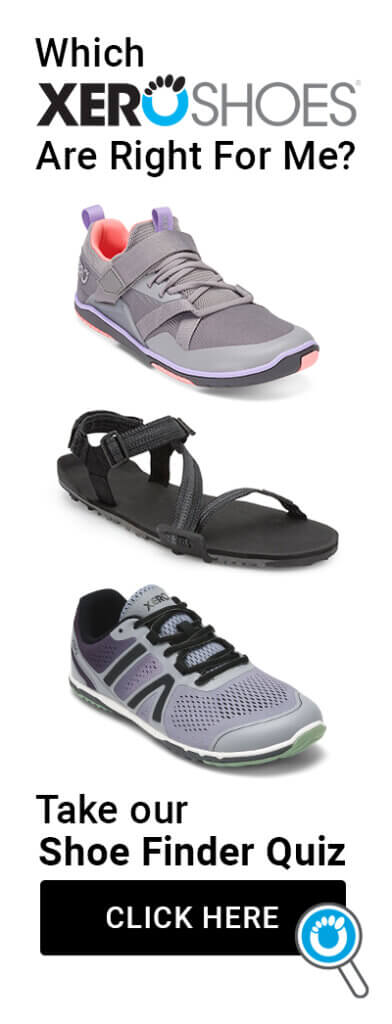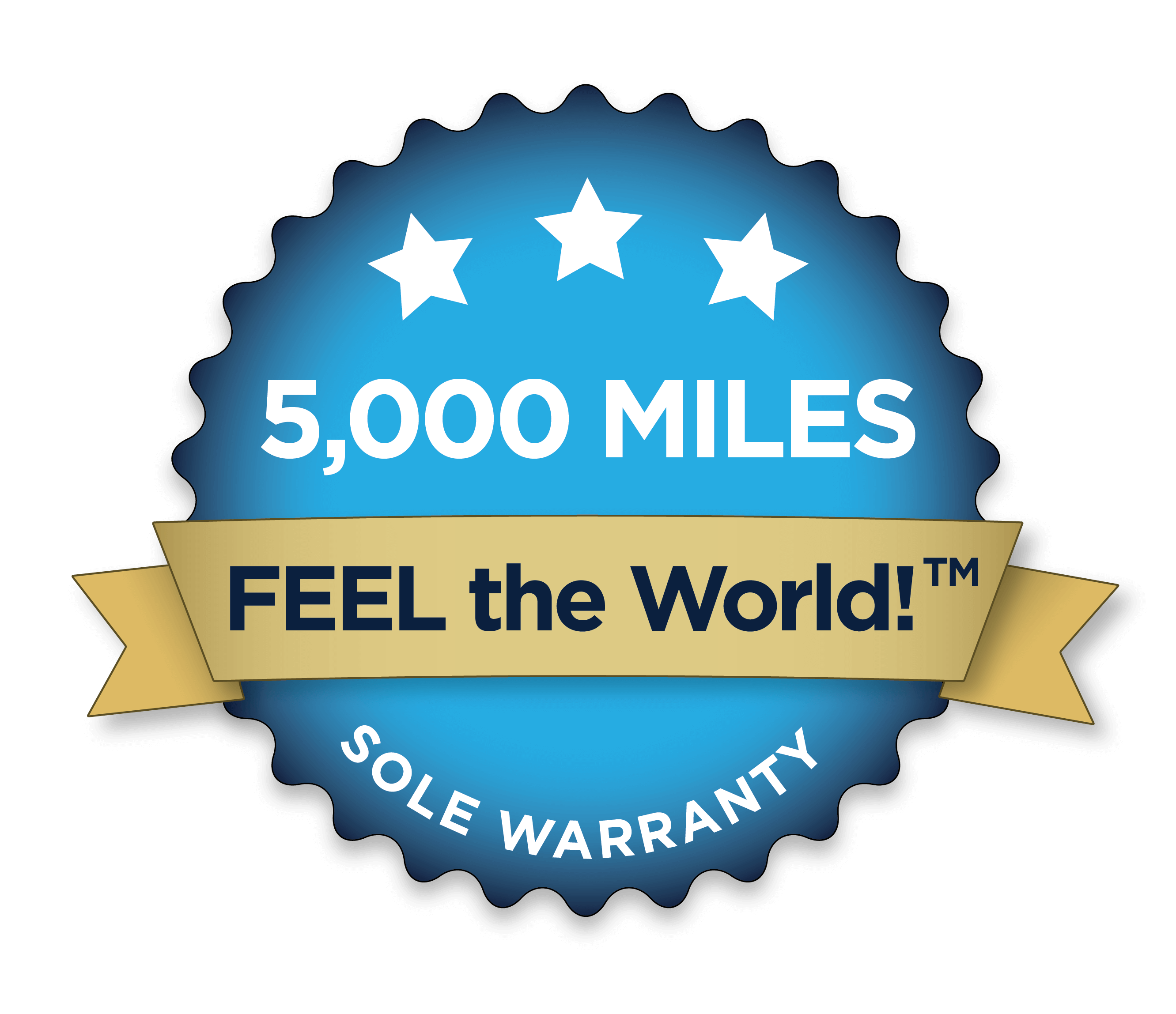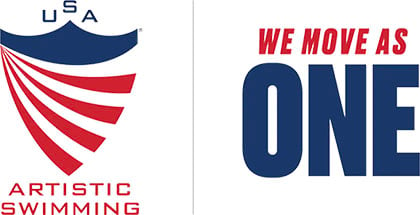When I tell people that I run barefoot (or when they see me out running without any shoes), the first response I get is:
“Oh, so you run on the grass?”
Or when I suggest to people that they might want to try running barefoot, the first thing they say is,
“With my feet/knees/ankles/eyelashes, I’d need to run on the grass.”
I mean, it makes sense, right?
Grass is soft. Feet are soft. Therefore, feet should be on grass.
Barefoot = Grass is the common wisdom.
But wisdom is rarely common, and what’s common is rarely wise.
Here’s what I can tell you, though. And it’s not just me, every accomplished barefoot runner I know will say the same thing. And all the other good coaches I know agree.
In fact, what I’m about to say is SO true, that if you meet a coach who tells you otherwise, RUN AWAY (barefoot or not, I don’t care) from this person as quickly as you can, because they don’t know what they’re talking about.
Here it is:
THE WORST SURFACE for learning to run barefoot is GRASS.
THE WORST.
ABSOLUTELY.
Why?
Three big reasons:
- BIG: Who knows what’s hiding in the grass. If you can’t see it, you might step on it.
- BIGGER: One of the principles of barefoot running is that you don’t use cushioning in your shoes… well, when you run on grass, you’ve basically taken the cushioning out of your shoes and put it into the ground.
- BIGGEST: Running on grass, or any soft surface does not give you the feedback you need about your barefoot running form to help you change and improve your form.
The best surface for barefoot running is NOT grass or sand or anything soft, but the smoothest and hardest surface you can find.
For me, here in Boulder, Colorado, we have miles and miles of bike path.
In New York City, the sidewalks are perfect!
So, what makes a hard, smooth surface the best? It’s the biggest reason, from above:
FEEDBACK.
Grass and sand and soft surfaces are too forgiving of bad form.
Hard smooth surfaces tell you, with every step, whether you’re using the right form.
If it hurts, you’re not.
If you end up with blisters, you didn’t.
Pay close attention and each step is giving you information about how to run lighter, easier, faster, longer.
I’ll never forget going out on the University of Colorado sidewalks with the Boulder Barefoot Running Club. I had a blister on the ball of my left foot (more about that in another lesson). But I decided to see if I could run in such a way that I didn’t hurt .
At first, each step sent a shooting pain up my leg. Then I made some adjustments and I just felt the friction on the ball of my foot.
By the end of the first mile, I had made some other adjustments — using each step as an experiment — and the next thing I knew I was picking up the pace while putting out less energy than ever. I was running faster and easier than I’d ever run without shoes… and it was painless.
This would have never happened on grass.
I needed the feedback of the hard surface.
If you want to see a barefoot runner get a wistful look in his or her eye, mention a newly painted white line on the side of a road. Smooth, solid, cool… it’s the best! 😉
Oh, and it’s probably no surprise that the advantage of Xero Shoes is that when you wear those on the road, they still give you that feedback you need… but with protection from the surface.







 Fostering honest and responsive relationships between businesses and consumers.
Fostering honest and responsive relationships between businesses and consumers.













